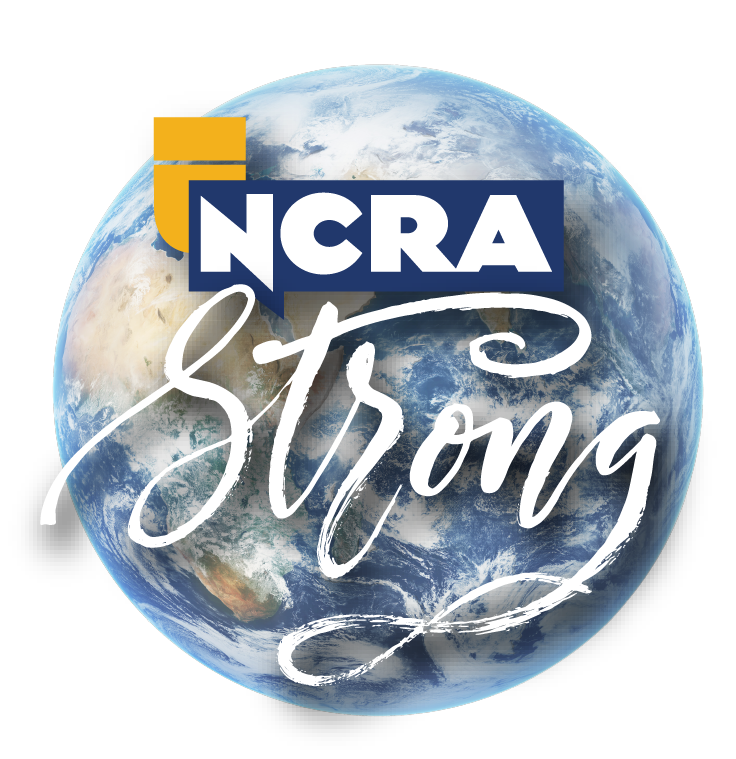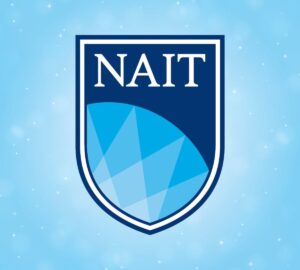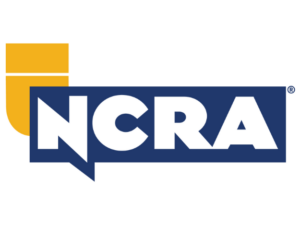In 2013 NCRA commissioned the Ducker Report, an industry report of factual information to be used to provide a foundation for marketing, recruitment, and advocacy for stenographic court reporting. The report presented a host of challenges for NCRA. Shortages of stenographic reporters in an ever-changing marketplace were predicted to cause nearly insurmountable difficulties ahead for the court reporting profession.
While the survey by today’s standards would likely be determined an inaccurate sampling of respondents, the report nonetheless provided some intelligence and insight which was indeed important for the Association to act upon — and it certainly did! NCRA and its members led many positive efforts to reverse the predicted negative trends.
The following actions and circumstances led to the positive outcomes we are seeing today in reversing the shortage predictions of the Ducker Report:
- The NCRA A to Z® Intro to Steno Machine Shorthand program offers the perfect opportunity for potential students to learn the alphabet in steno, write on a real machine, and decide if pursuing an education in court reporting or captioning is the right choice. According to past NCRA President Max Curry, RPR, CRI, “We see evidence all around of the program working.”
- The Open Steno Project provides open-source software and low-cost keyboards for individuals who are interested in learning more about stenography in court reporting, captioning, and other fields.
- The pandemic saw countless new opportunities emerge to revolutionize and energize the industry as reporters immediately embraced remote videoconference platforms. This resulted in greatly diminished travel times, which enabled reporters to report multiple proceedings each day through increased productivity. Combined with new reporters entering the NCRA A to Z program, stenographic coverage has greatly improved.
- NCRA instituted a new certification program called the Registered Skilled Reporter (RSR), which removes barriers to entry by relaxing the requirements for new entrants through lower speed requirements and additional mentoring apprenticeships.
- States relaxed rules and recognized reciprocity, allowing more reporters to cover work outside their state borders. States streamlined the process to get a state license through reciprocity with NCRA, NVRA, and state certifications. Through this practice, Washington state alone, for example, has increased the number of Washington certified court reporters by 20 percent.
- While some brick-and-mortar schools have closed, others have opened, and online schools have proliferated. Some offer a combination of online and in-person programs. This has vastly increased the reach of educational opportunities for students. According to Mark Kislingbury, FAPR, RDR, CRR, of Magnum Steno, “We started in 2011 with four students on site. Today we average about 20 on site and have a few hundred online.”
- Allie Hall, RDR, CRR, a court reporting instructor at College of Court Reporting, was nominated for the Oklahoma Bar Association’s 2022 Liberty Bell Award by several judges for creating eight court reporting programs across the country. Hall teaches and trains instructors and administrators at all her schools. Marc Greenberg, CRI, creator of the Simply Steno Court Reporting Program, reports that everything is trending in the right direction. “Enrollment is up across the board,” says Greenberg. “New teaching outlets are up. We had more students pass the RPR and other state exams and start working in the first six months of this year than in any other whole year. Job placement for anyone who passes the RPR or state exam has always been 95 percent across the board.”
- Courses in scoping and proofreading have provided much needed assistance to busy reporters, freeing up more of their time to cover additional work, which has resulted in increased productivity.
- The NCRA STRONG Committee has created a large library of educational material to showcase the superiority of the stenographic machine writer in the judicial and captioning settings. Flyers, letters, PowerPoints, and videos are available for use in a variety of settings. Other independent advocacy groups such as the California-based Protect Your Record Project have undertaken educational efforts as well. Our members use all social media platforms from Facebook to TikTok to promote the profession. Raising awareness of stenography helps increase recruitment and educational funding while reinforcing our reputation with the legal community as the gold standard in maintaining the integrity of the record.
- More efficient scheduling tools now make it much easier to connect reporters with available work. Online job boards, listservs, and other platforms make it easier to cover jobs across the country.
- Flexibility in scheduling combined with remote work has resulted in many freelancers working well past expected retirement age. Additionally, courts have increased productivity by using one reporter to cover multiple jurisdictions.
- Paralegal and attorney shortages have resulted in a diminished quantity of deposition proceedings being scheduled and conducted, creating less pressure on court reporting resources.
- The NCRF Career Launcher program was developed by volunteers with hundreds of collective years in the court reporting industry to expose new professionals to the equivalent of years of on-the-job training. The program consists of ten immersive video training modules that will afford new graduates a much needed head start into critical positions in the industry.
In conclusion, as we all know, market research has a shelf life of about three to five years. The U.S. government requires contracting officers to only consider market research that is no more than 18 months old (Federal Acquisition Regulation 10.002). Yet some organizations continue to cite the Ducker Report, which is now almost ten years old with projections that are now five years out of date, to create the illusion of an unsolvable shortage of stenographic writers.
While the Ducker Report provided important intelligence and a call to action for the stenographic profession, it is clear that NCRA and the stenographic community stepped up and made important changes; thus rendering the Ducker Report an extremely unreliable source of information or guidance into 2022.
STRONG Committee members who contributed to this article include:
Elizabeth Harvey, FAPR, RPR, is a freelancer from Seattle, Wash. She can be reached at epharvey@aol.com.
Sue Terry, FAPR, RPR, CRR, CRC, is a court reporter and captioner from Springfield, Ohio. She can be reached at sueterryemail@aol.com.
Lillian Freiler, FAPR, RMR, CMRS, is a freelancer from Orwigsburg, Pa. She can be reached at crtrptr@aol.com.
Further input was provided by Michelle Kirkpatrick, RDR, CRR, CRC, a freelancer from Breckenridge, Colo. She can be reached at michelle@kirkpatrick.net.



